
You could probably say this about any ten-year period, but the 2000s (AKA “The Aughts”) were a strange decade for video games. The era was bookended on one side by the angular blockiness of the waning days of the PlayStation and on the other by the return of pixel-perfect platforming with Jonathan Blow’s Braid. In between Sony launched the PS2, Sega exited the consolemaker’s club, PC gaming died (only to be reborn), and gaming entered a new era of online connectivity and high definition graphics.
Whew.
But the one constant throughout the entire decade was Valve. Half-Life was originally released in 1998, but Valve pushed the story further with multiple expansion packs in the early 2000s, as well as a PS2 version of the game in 2001. It’s most popular mod, Counter-Strike, also originally launched during the previous decade, but Valve brought the multiplayer shooter in-house in 2000 and released the game’s definitive version (Counter-Strike 1.6) in 2003. From there, Valve stepped up their game considerably with the launch of Steam, and then a murderer’s row of unique offerings: 2004’s Half-Life 2 (#1), 2007’s Portal (#8), 2007’s Team Fortress 2 (#31), 2008’s Left 4 Dead (#42), and 2009’s Left 4 Dead 2 (#53).
But Valve wasn’t the only company to make their mark on the decade. Capcom brought back the Resident Evil franchise in a big way with Resident Evil 4 (#2), Irrational changed the way we look at a game’s story with BioShock (#3), Blizzard birthed the most popular MMORPG ever with World of Warcraft (#4), and Infinity Ward took the Call of Duty franchise to the next level with Call of Duty 4: Modern Warfare (#5).
Going further down the list, you’ll find two from Team Ico (Shadow of the Colossus at #6 and Ico at #14), Bungie’s Halo: Combat Evolved (#7), Harmonix’s Rock Band (#10), and the mighty Minecraft (#13). And outside the Top 15, you’ll find Rockstar’s revolutionary Grand Theft Auto III (#16).
“The Aughts” were a great decade for games, and you can see where the rest of the decade’s best games landed on Version 2.0 of the Video Game Canon after the break.


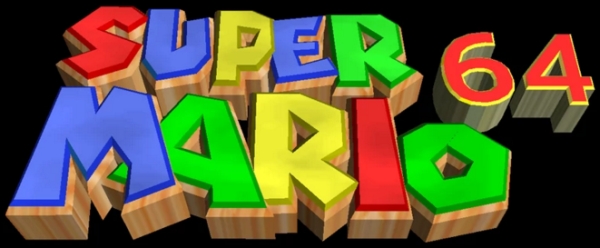



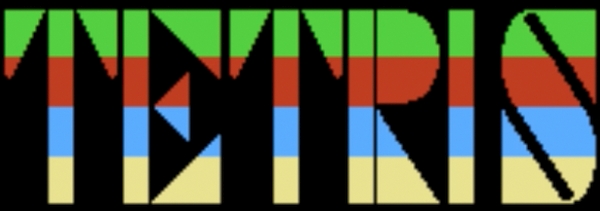

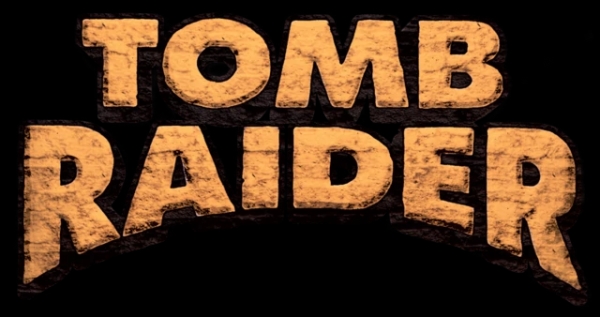
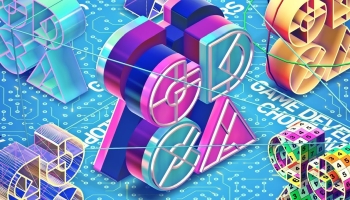



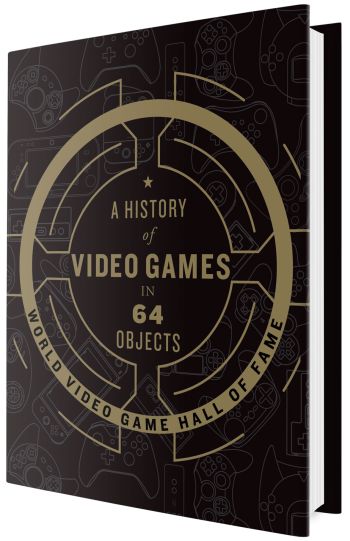
 The curators at the World Video Game Hall of Fame will offer a peak behind-the-scenes at some of the historical artifacts found in their collection with A History of Video Games In 64 Objects, an upcoming book from Dey Street Books:
The curators at the World Video Game Hall of Fame will offer a peak behind-the-scenes at some of the historical artifacts found in their collection with A History of Video Games In 64 Objects, an upcoming book from Dey Street Books:
